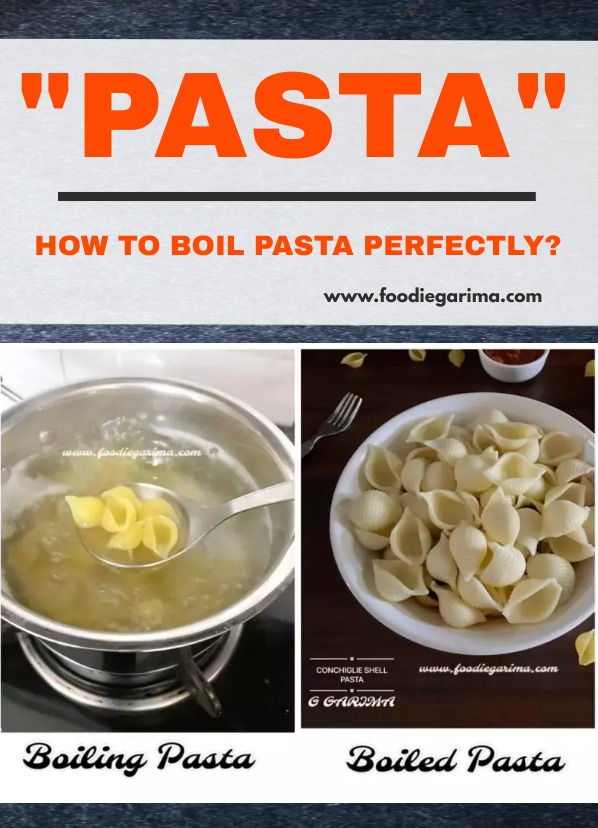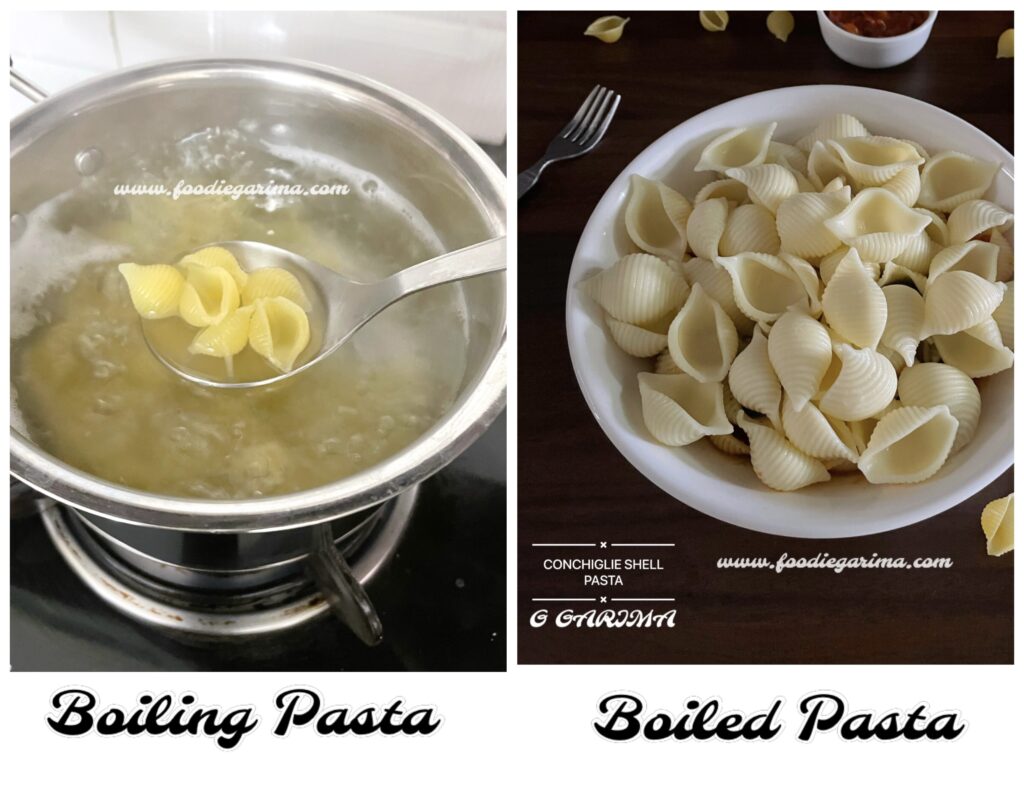13 March, 2023
How To Boil Pasta Perfectly?

Pasta, a culinary staple worldwide, has earned its place as a beloved comfort food. The art of Boiling Pasta may seem simple, but achieving perfection requires attention to detail. In this guide, we’ll explore the Steps to Boil Pasta Perfectly, ensuring a delightful dining experience.
Selecting the Right Pasta
Before delving into the boiling process, it’s crucial to choose the right pasta for your dish. With countless varieties available, from Spaghetti to Penne, each type complements specific sauces and recipes. Take a moment to consider the desired outcome, ensuring the Pasta suits the dish.
Gathering Ingredients and Equipment
Assemble the ingredients and equipment before starting the boiling process. Fresh and quality ingredients contribute significantly to the flavor. A sturdy Pot, high-quality Pasta, Salt, and Olive Oil are essentials. Consider this the foundation for a perfect Pasta dish.
Preparation Steps:
Boiling Pasta Perfectly involves a few key steps to ensure it is cooked to the right texture without being overdone or too sticky. Here is how to boil pasta perfectly:
1. Large Pot
- Choose a Pot that is large enough to hold plenty of Water. The Pasta needs space to cook evenly without sticking together.
2. Right Proportion of Water and Pasta
Begin by filling a pot with an ample amount of Water. The ideal ratio of Water and Pasta is crucial for achieving perfectly cooked Pasta.
- Fill the pot with enough Water to fully submerge the Pasta.
- The general rule is to keep the ratio of Water to Pasta = 10:1.
- For 100 Grams of Pasta, take 1 Litres of Water.
This allows the Pasta enough space to cook evenly and prevents it from sticking together. Having an ample amount of Water is essential so that the Pasta can freely move and roll during the cooking process. If the Pasta isn’t rolling, it may not be cooking properly.
3. Adding Salt
Salt enhances the Pasta’s flavor during the boiling process.
- Once the Water comes to a rolling boil, add a generous amount of Salt.
- A guideline is around to add 1 tsp Salt for 1 litre Water.
This helps to flavor the Pasta from within.
4. Bring Water to a Rolling Boil:
- Wait for the Water to come to a vigorous, rolling Boil before adding the Pasta. This ensures that the Pasta cooks evenly.
Boiling Water helps prevent the Pasta from sticking together and sitting at the bottom. When Pasta is added to the Boiling Water, the rapid movement of Water helps separate the strands or pieces, reducing the chances of clumping.
If Pasta is added before Boiling the Water, it might sit at the bottom, causing uneven cooking. The temperature of the Water significantly differs below and above, impacting the Pasta’s ability to cook uniformly. By allowing the Water to reach a rolling Boil first, we guarantee a consistent and vigorous heat throughout the cooking process.
5. Add Pasta
- Once Water boils, carefully add the Pasta to the Boiling Water, stirring immediately after adding to prevent sticking.
6. Stirring
- Stir occasionally during the initial moments to ensure an even cook and to prevent clumping.
- Stirring also prevents Pasta from settling at the bottom of the pot.
7. Cooking Time: Al Dente
- Different Pasta shapes and sizes have varying cooking time. Refer to the package instructions, but also conduct taste tests.
- Regularly check for doneness during the cooking process.
- Stir occasionally while it cooks.
8. Test for Doneness
To check if the Pasta is cooked to your desired level of doneness, try a piece.
- Pasta should be “Al Dente.” “Al Dente” means Pasta is slightly firm to the bite but not overly soft. Al Dente Pasta should offer slight resistance when bitten.
- Another method is tasting, the center should have a slightly firm texture. When we cut the boiled Pasta, we find a white line in the center of the edges. That line indicates pasta is cooked Al Dente.

9. Drain Pasta
- When the Pasta reaches the desired doneness, turn off the heat and carefully drain it using a colander or strainer..
- Reserve a cup of Pasta Water, which can be useful for adjusting sauce consistency later. This starchy Water helps the sauce adhere better to the Pasta.
10. Rinsing (Optional)
The choice to rinse Pasta depends on the recipe.
- Rinsing is typically done for cold pasta dishes like salads.
- If you are preparing a warm dish, skipping rinsing helps retain the starch, adding sauce adherence.
11. Using Olive Oil
- For added flavor and to prevent sticking, consider adding a drizzle of Olive Oil.
- Toss the Pasta gently to ensure an even coating.
This step is optional but can elevate the dish’s taste.
Following these steps may help you achieve Perfectly Boiled Pasta that is flavorful and has the right texture. Adjust cooking time based on your personal preferences and the types of Pasta you’re using.
Avoiding Common Mistakes
- Overcooking Pasta is a common pitfall.
- Stay vigilant, and regularly test for doneness.
Serving Suggestions
- Pairing Pasta with the right sauce is essential. Consider Creamy Alfredo for Fettuccine or Tomato-based Sauces for Spaghetti.
- Garnish with Fresh Herbs, Grated Cheese, or a sprinkle of Black Pepper for enhanced flavor and visual appeal.
Storing Cooked Pasta
- If you have leftovers, store them properly.
- Short-term (about 3 days) storage in the refrigerator is acceptable.
- For long-term storage, consider freezing or adding vinegar while Pasta is boiling. Vinegar increases the shelf life of pasta. Ensure proper packaging to prevent freezer burn.
- Reheat Pasta by steaming or microwaving with a bit of water to maintain its original texture.
Diversity in Pasta Dishes
While mastering the art of Boiling Pasta, explore diverse recipes. Try different sauces, experiment with unique ingredients, and create your signature Pasta dishes. The world of Pasta is vast and delicious, embracing the possibilities.
Boiling Pasta perfectly is a skill that transforms a simple dish into a culinary delight. By selecting the right Pasta, using quality ingredients, and mastering the cooking process, you can elevate your Pasta game. Experiment with variations, and soon you will be a Pasta perfectionist.